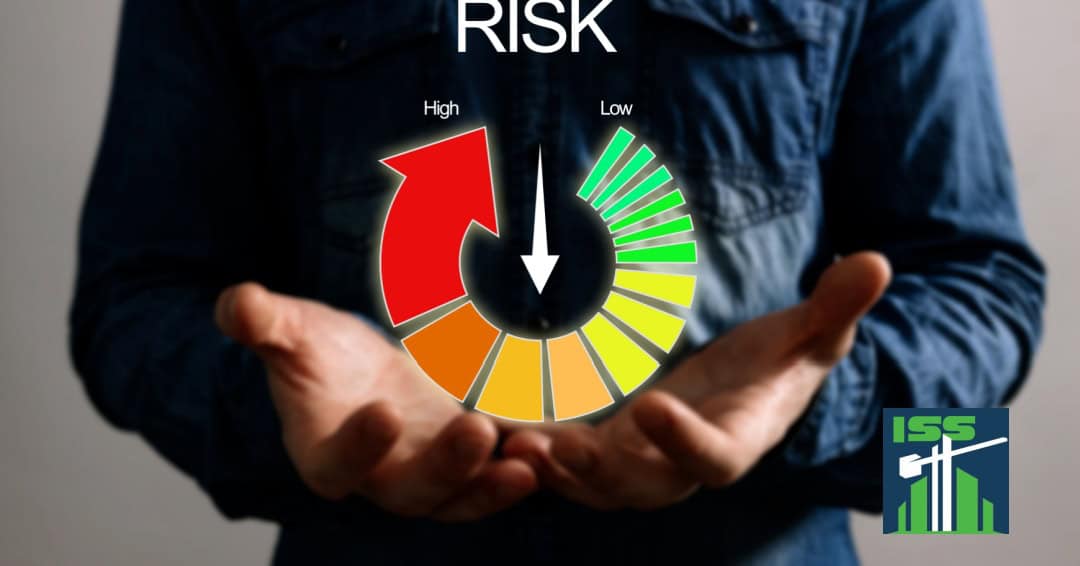
When you have been working in the safety realm for as long as I have, you begin to understand risk pretty well, and even more so, the fact that there is a scale or matrix of tolerance everyone possesses.
One of the best questions that I have found when being interviewed for a safety position is to ask a senior executive, preferably the president or CEO, how he or she sees risk and their comfort level with risk. They are often dumbfounded by this question, but quickly recover and allow you to see who they are and how they think.
It has often been said that with great risk comes great reward. Many leaders look at things that way and are willing to take chances in hopes of a big payout. These are leaders that I place on the far-right side of the risk scale on a scale of 1-10, giving them an 8-10 score. On the other hand, there are leaders who do not tolerate risk. I would generally place these leaders on the left side with a score of 1-3. In the middle, we have the rest.
The commitment of a company to safety and the approach that they take highly correlates with the risk tolerance of the senior leader and his or her leadership team. Many preach that safety is a core value and that it will not be compromised, but they look the other way daily when risks are taken because those risks result in profit. I have seen it more times than I can count, and I can name a couple of enormous, Seattle-based general contractors who are a rotating door of safety professionals for this reason.
In my opinion, risk must be carefully calculated and approached very systematically. We can perform high-risk work if we plan accordingly and design it safely. It really comes down to planning and close coordination of efforts. We can take risks and reduce them to a sequence of steps to manage or eliminate them. Accidents do occur, but they are designed just as success is. We plan to fail by not planning, and “accidents” occur. I do believe that there are some things that are outside of our control, such as acts of nature, but for the most part, all accidents are preventable.
If you plan to make a job change, think about the question posed above and measure the risk tolerance of the leadership team you might be working with. It is not hard to do, and it will tell you a lot about what to expect. With this information, you can save yourself grief by choosing not to work with a risk-tolerant team that will likely result in your eventual resignation.

 EMPLOYEE LOGIN
EMPLOYEE LOGIN



